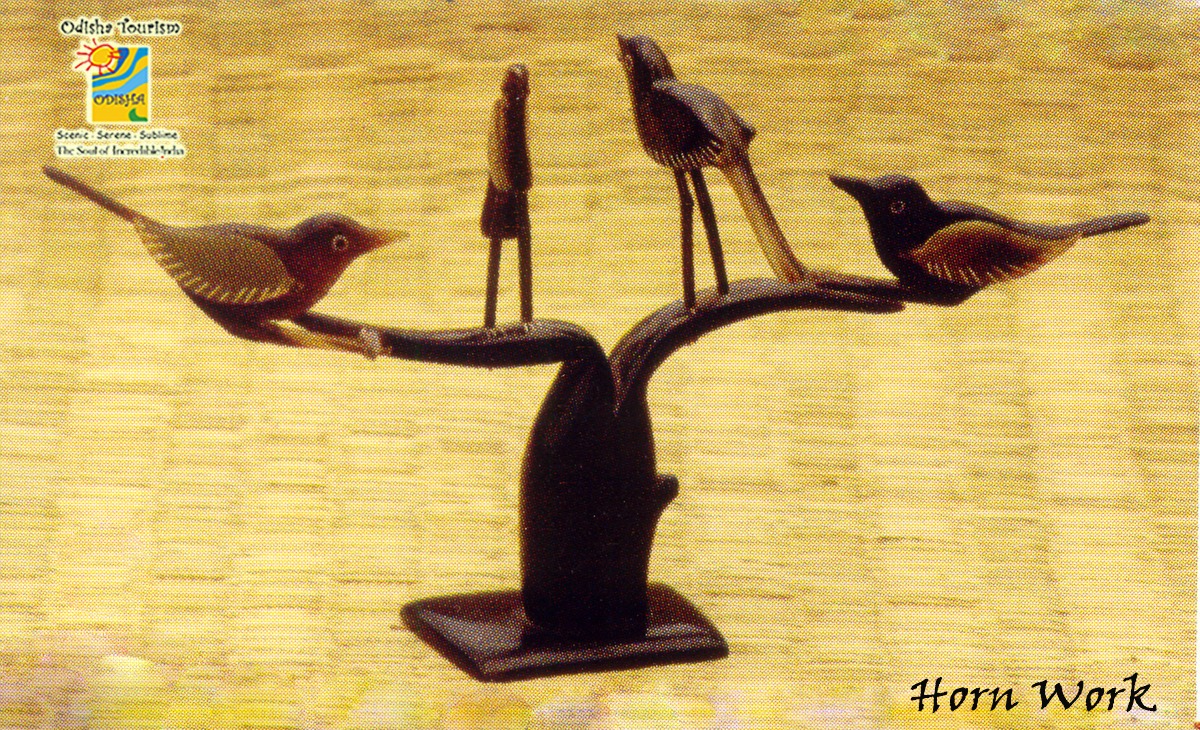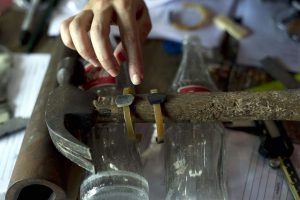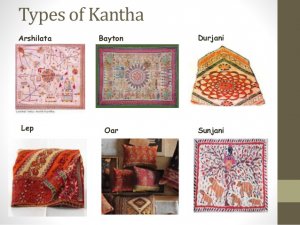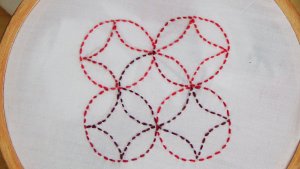Odisha is indeed a place of cultural and architectural works but among them all, the horn work of Odisha stands apart in its unique nature and the innovation of the local craftsmen. The craft is defined as the shaping of several utilitarian and luxury items out of the horns of several animals and has been practiced by the locals for centuries.
Horn Work
The art form was born in the Paralekhamundi village of the Gajapati district of Odisha, but since the art is so old- it has become almost impossible to trace the timeline of origination quite correctly. According to the official Art and Craft site of Gajapati district, the horn work first began under the reign of Raja Narayana Deb of Paralekhamundi and the first items to be produced were basic combs, which were not particularly artistic of intricate in style.
The true person responsible for bringing the craft into the present form was Rao Sahib K.V Apparao, who created firework containers out of horns but soon discovered that they were quite flexible and could also be molded into different shapes. At the request of the Maharaja, the artisan shaped out a bird figurine out of the horns and it instantly became a wild success. Soon after their fame spread far and wide across India, and soon enough they began to be exported to other countries.
The process is quite simple and includes :
1.Cow horns, buffalo horns, and stag antlers are most commonly used in this craft.
2.The item is precisely and carefully carved out of the strong and solid area of the horn.
3.Shaped in moderate heat conditions, the rough surfaces are evened out with the help of files or stainless steel blades.
4.The patterns on the object are made and then the women of the families are handed over the object for polishing with sandpaper.
During the Second World War, these artisans furnished the people with essentials like spectacle frames and razors, but are now mostly limited to the production of decorative items like pen stands, snuff boxes and lamp shades.
As the government site notifies us, the present economic condition of the handful of horn work artisans is quite sad and they are all struggling to keep themselves afloat in these dark days – with most of the younger generations opting out of the career which yields no revenue. We as conscious citizens should strive to create awareness on these matters and help them get back to their feet, as this heritage had once enabled them too.








